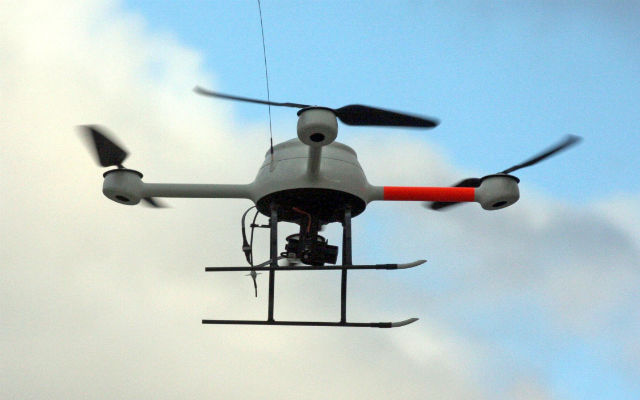The US Federal Aviation Administration is exploring the introduction of new regulations for micro-unmanned aerial vehicle operations, which could potentially move away from weight classifications, similar to rules being proposed in Europe.
Overlooking previous mass-based classifications, the FAA has instead decided to seek further guidance to inform new regulations that are more focused on risk. Micro-UAVs were defined by the agency as those weighing 2kg (4.4lb) and less, and “constructed of frangible materials”.
“Based on the comments about a ‘micro’ classification submitted as part of the small UAS [unmanned aerial systems] proposed rule, the FAA will pursue a flexible, performance-based regulatory framework that addresses potential hazards instead of a classification defined primarily by weight and speed,” says FAA administrator Michael Huerta.
Huerta is referring to the February 2015 release of the FAA’s small UAV guidelines, which, after review, the administration has decided not to pursue with regards to the micro-classification.
“[The FAA] has determined that further engagement with industry and stakeholders is needed before conducting rulemaking to address the regulatory framework for micro-UAS,” the agency says.
To address this, Huerta has formed a committee of stakeholders that will discuss the proposed regulations, starting in March, before issuing a final report to the FAA on 1 April.
The committee will develop recommendations for “performance-based standards” for the classification and operation of certain UAVs that can be operated safely over people, aimed in particular at those wishing to fly commercial UAV operations, the FAA says.
EASA is in the process of proposing similar regulations for UAV use and is introducing three risk categories that will require different authorisations for flight depending on the nature of operations.
Canada is also hoping to enforce a similar ruling this year, which will only distinguish between the commercial or recreational operation of small UAVs. It was first introduced in May 2015, but has been slightly delayed as a result of a general election at the end of the year.

REX/Shutterstock
Meanwhile, testing took place in early 2016 to assess the CACI International SkyTracker UAV control system at Atlantic City International airport, the first time detection system research of this kind was carried out at a commercial airport.
Between 25 January and 2 February, 141 operations took place, 72 with a UAV on the ground and 69 with small UAVs in flight, the FAA says.
The system uses radio-frequency sensors to detect UAVs, and can locate the ground control stations they are being piloted from.
The FAA, the Department for Homeland security and the University of Maryland worked with CACI on the project, and a final report is expected in August.
Source: FlightGlobal.com


























